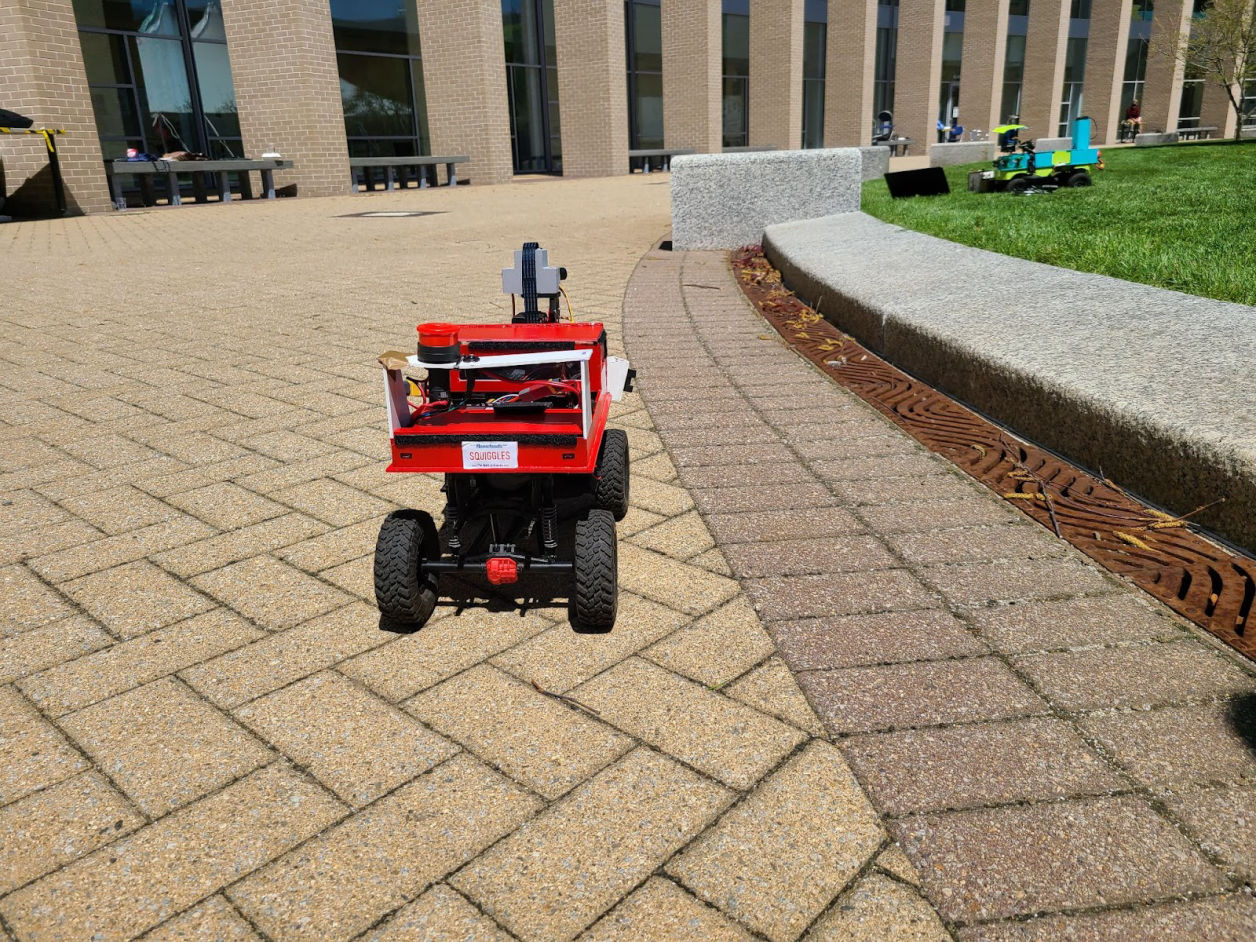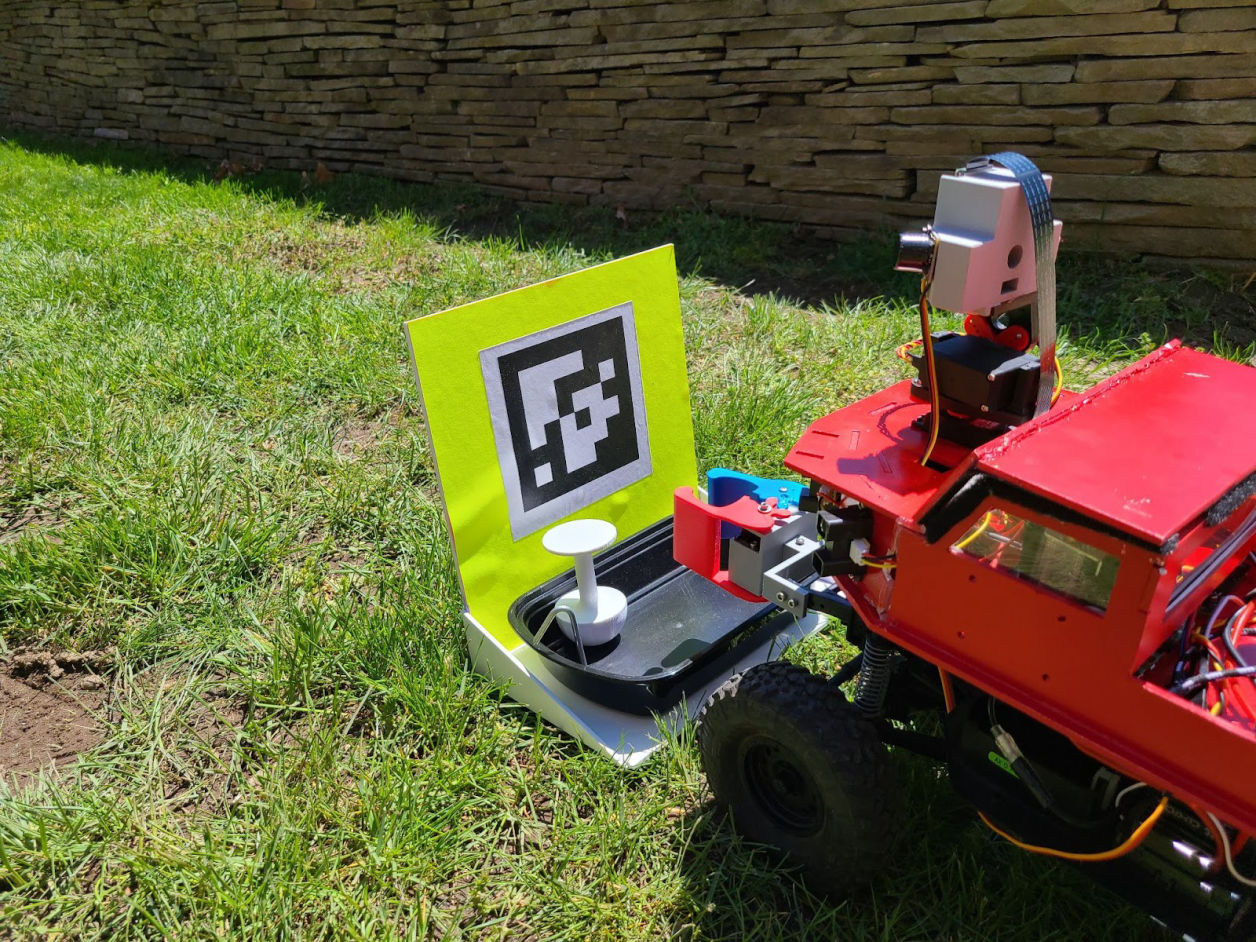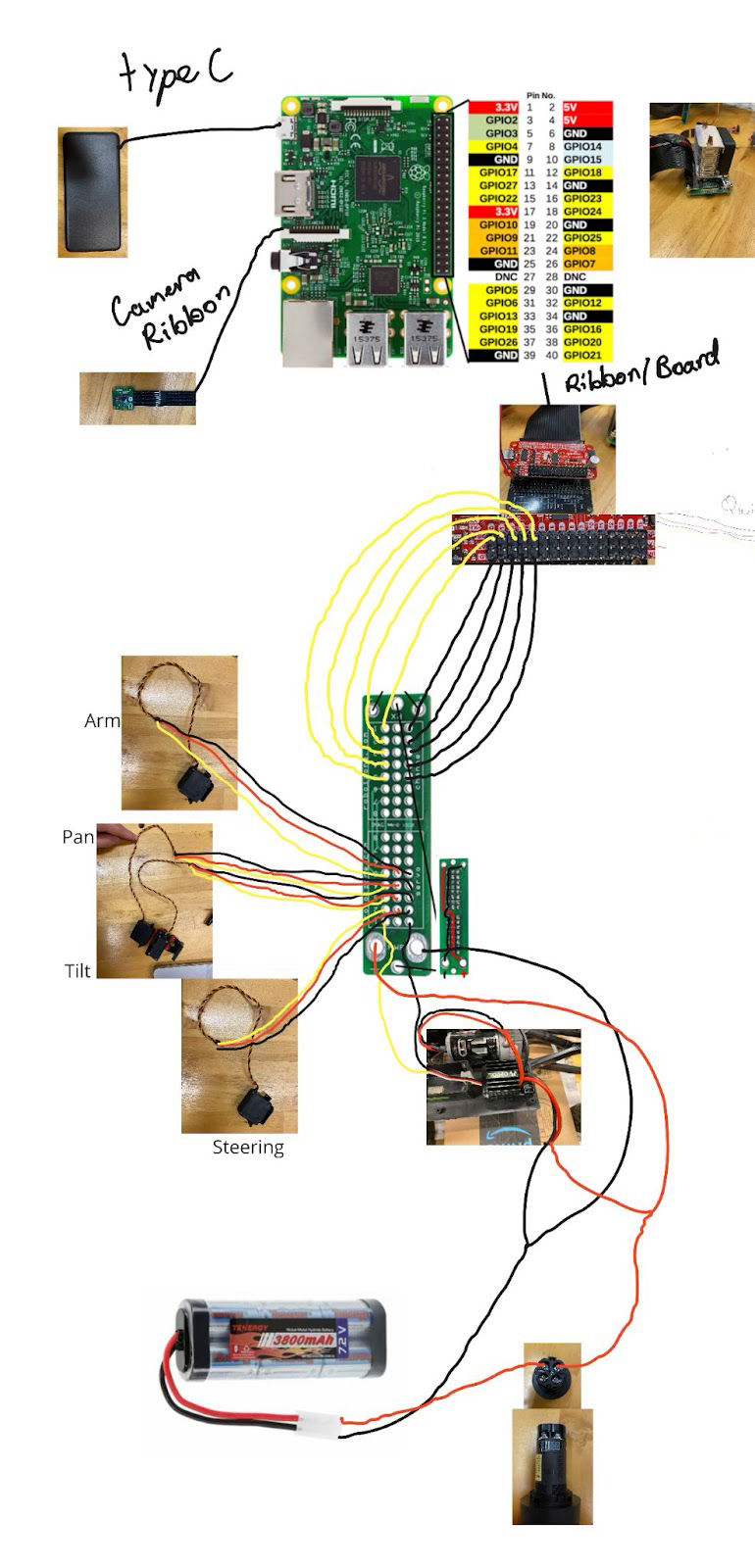The Challenge
Building an autonomous rover capable of navigating complex environments presented several key challenges:
- Developing reliable sensor integration for different environmental conditions
- Creating a robust control system for navigation in unstructured environments
- Implementing computer vision algorithms for path finding and April Tag detection
- Designing a mechanical system that could carry payloads and operate reliably
- Building a power distribution system that supported both logic and motor circuits



